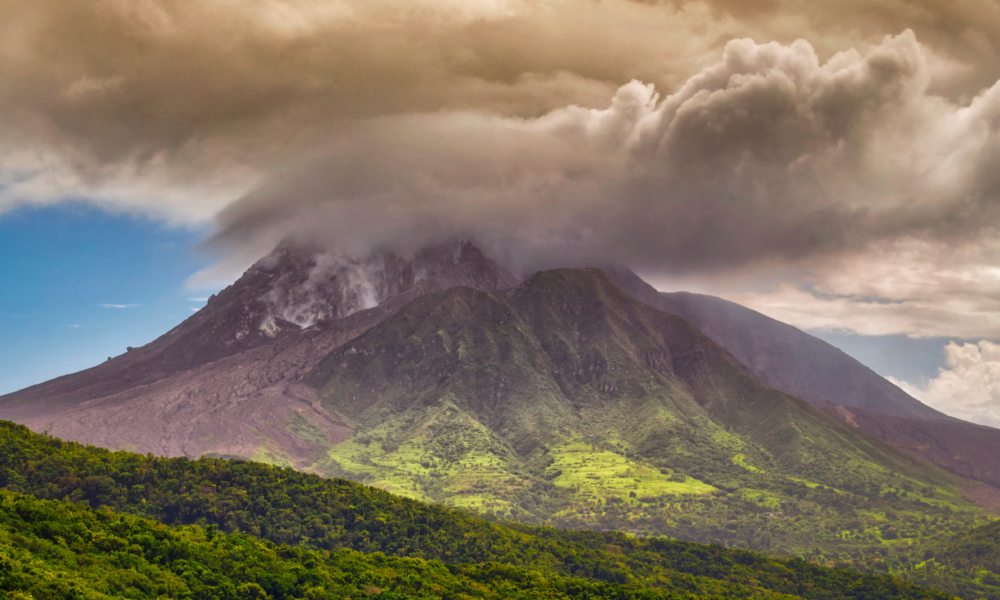How can we turn magma into momentum?
Recent News
- Agile Initiative Science-to-Policy Project Fund
- Rainforests, nature and biodiversity at COP30
- Connecting practitioners and researchers

Written by Professor David Pyle, recipient of Agile’s Enabling Fund
July 2025 marked the 30th anniversary of the start of the eruptions of the Soufriere Hills Volcano, on the eastern Caribbean island of Montserrat. The eruptions, which began with no warning on 18th July 1995, continued on and off for the next 15 years. The volcanic system remains in a state of low-level unrest, with gas fumes still leaking from across the rubbly summit of the volcano, but there has been no eruption since 2010. The ongoing state of the volcano is continuously monitored by the staff of the Montserrat Volcano Observatory (MVO).
Thirty years on from the start of the eruption, conversations are turning to the future. A conference, organized by the MVO, marked this anniversary by bringing together diverse audiences to consider how the people of Montserrat can turn the destructive legacy of the volcanic eruption into a new, and sustainable future. One such opportunity is offered by the hot fluids circulating underground: ‘geothermal’. Three exploratory wells were drilled on Montserrat in 2013 and 2014, which proved the potential – there is abundant hot water, flowing up to 2 kilometers beneath the surface.
The island’s Premier, Reuben Meade, has a vision – to make the most of this opportunity. At the moment, the volcano is a source of Montserrat’s major export – sand, and aggregate. Could the energy and mineral resource potential of the geothermal wells be realized as a viable source of sustainable, low-carbon power? With support from the Agile enabling fund, an interdisciplinary team of researchers associated with the Oxford Martin School project ‘Rethinking Natural Resources’ are in Montserrat to facilitate discussions and engage with stakeholders from around the Caribbean on the economic, governance and legal frameworks that might be needed for an equitable and sustainable geothermal future.


